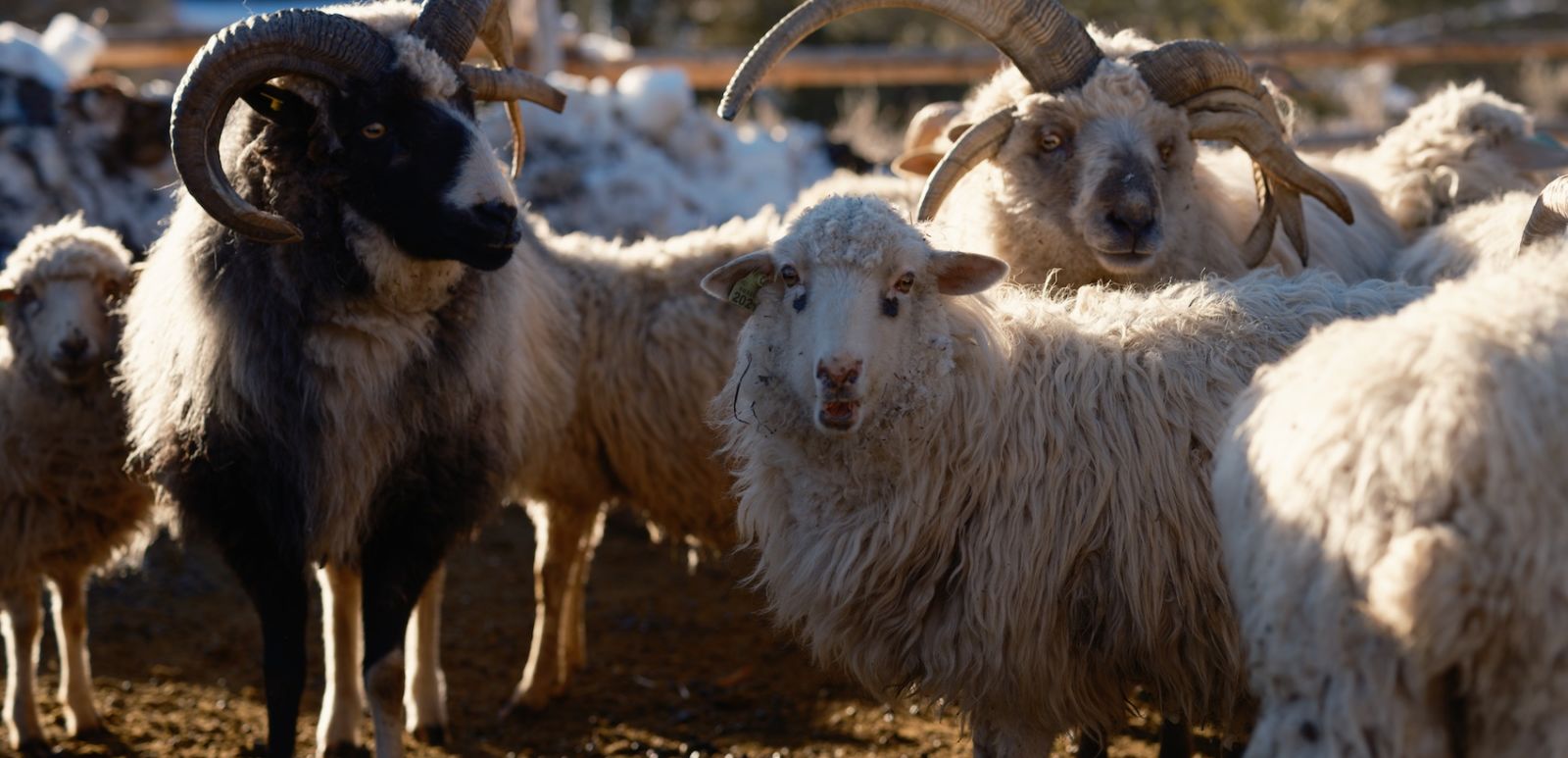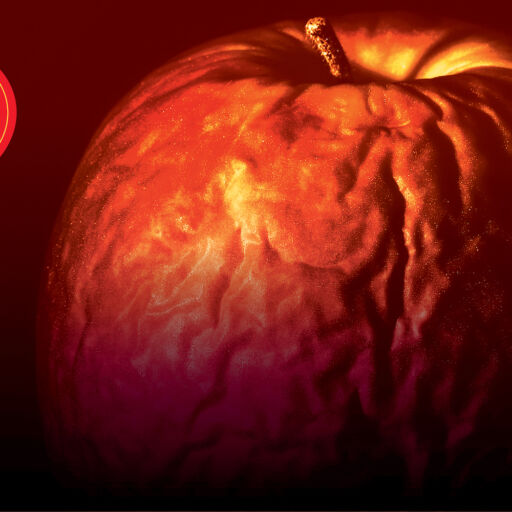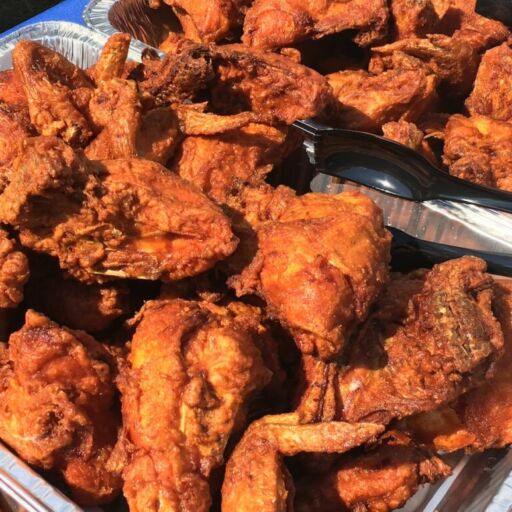This story appears in The Food Issue, which is on sale here and in stores.
If the world’s great culinary traditions share one thing, it is a deep reverence for their defining ingredients and the lands from which they are derived. France, Spain, Portugal and Italy have their famous cheeses, grapes and meats, each inextricably tied to their terroirs. China has its rices and teas, each variety the product of generations of traditional cultivation and local climates. India has its palette of spices, each derived from ancient cultivars and expressed in dramatically different ways across the unique gastronomies of its regions. America, the great cultural patchwork that it is, may have earned itself a reputation as a wasteland of indifferent convenience food, but the real story of its cuisine is a tapestry of deeply rooted traditions that have grown together over time, onionlike, into a multilayered whole.

Among the oldest of these are the foodways of the 19 culturally and linguistically distinct Pueblos in the heart of present-day New Mexico. Each Pueblo’s traditions are subtly different, but all combine a reverence for and reliance on the land with simple foundational ingredients, including varieties of milled corn, chile peppers, pillowy breads baked in adobe ovens, foraged roots and sometimes mushrooms, herbs and berries. This cuisine has, of course, heavily inflected what has become known as New Mexican food — the everyday fare in restaurants and Hispano homes around the state, whose dishes are built around genetically modernized cultivars of Hatch green and Chimayo red chiles, various preparations of pinto beans, greens, flour tortillas, sopapillas and sweets like biscochitos and flán — though this cuisine is more clearly a hybrid, shaped in equally powerful ways by Iberian, Mexican and broader U.S. traditions. Pueblo cuisine, on the other hand, is earthy, elemental and resolutely tied to the land from which it comes.
It is important to be mindful of that, though outsiders tend to view the Pueblo world as a monolith, each Pueblo is a distinct culture unto itself. For starters, five languages — Tewa, Tiwa, Towa, Zuni and Keres — are spoken across the 19 Pueblos, along with varying mixtures of English and Spanish, not to mention the many valiant fights to keep each Pueblo language alive among younger generations in a globalized, digital world. Every Pueblo was shaped by its particular geography, which range from coniferous alpine hinterlands around the northerly Pueblos like Taos and Picuris; tranquil riverside valleys around Santa Clara, Ohkay Owingeh and Isleta; and sunny, arid landscapes of others like Laguna and Zuni. There are subtle differences in the architecture of bread ovens. Heirloom species of corn and chile plants grown in each are unique. The surrounding landscape of each dictated which animals could be hunted, whether a nearby body of water made fishing possible and which varieties of plants and fungi were readily available for foraging and thus became part of its medicinal and culinary culture.

A new consciousness surrounding Pueblo cuisine has been brewing for decades. Artists and chefs have led the charge. The well-known Santa Clara sculptor Roxanne Swentzell started an exploratory permaculture project in the late 1980s, focused in part on saving and propagating seeds that adapted over centuries to flourish in hyperlocal environments. Institutions like the Fiber Arts Center near Española, which has been exploring the viability and uses of the heirloom Churro lamb and its wool, has hosted dinners featuring their meat. Perhaps most prominently, the new Indian Pueblo Kitchen inside the Pueblo Cultural Center in Albuquerque has opened as a platform for showcasing chefs, farms and ingredients from each of the 19 Pueblos. Its restaurant is open daily to visitors and features a seasonal menu of pan-Pueblo staples like feast day stew made with Pueblo-raised beef and Pueblo-grown chile, plus frybread, fresh-baked Pueblo-style cookies and other indulgences.

Others are driving a renaissance in Pueblo cuisine by recontextualizing it, reclaiming archaic processes and doubling down on a symbiotic, one-to-one connection to the land. The chef-slash-artist, Johnny Ortiz, behind the farm and collective Shed Project, regularly hosts dinners featuring faithful reinterpretations of ancient dishes, most built around ingredients foraged around rural northern New Mexico. Ortiz himself is of mixed Taos Pueblo and Hispano heritage, and the sweeping landscape where he has put down stakes is, interestingly enough, not on his ancestral Pueblo lands but in a sleepy old railroad town crisscrossed by Spanish-era acequias. The farm dots the edges of a high-elevation valley northwest of the famously mineral-rich springs of Ojo Caliente, with pure air and willing soil. It’s a true frontier — a town that had partly returned to nature — now being symbolically resettled through the sheer grit of an urbane Pueblo farmer and his friends.

Of central importance to Shed Project’s mission is ethical stewardship and responsible use of historical animal breeds. Ortiz is proud of their flock of Churro sheep, a rare four-horned breed brought to New Mexico by the Spanish in the 16th century that later became integral to Navajo, Hopi and Pueblo cuisine and wool handcraft. The Churro were nearly decimated in the decades after New Mexico became a territory, but in recent years, farmers like Ortiz have worked to help bring them back from the brink. The farm is also home to a growing herd of Criollo cattle, trimmer and more elegant than contemporary breeds with beautiful deep red coats. Unlike commercial sheep and cattle, which are bred for maximum output and disease resistance, these breeds can be hardier and more adaptable. They mature more slowly and produce smaller, but richer, quantities of meat and milk. The deliberate choice to perpetuate these heirloom species is perhaps the most illustrative example of this new generation of Pueblo cuisine: It is the conscious choice of quality over quantity, and a rejection of the abusive, profiteering industrial food system.
Ortiz’s ambitious, principled little 23-acre farm is a lovely reminder that even the most ancient traditions do not exist within a cultural vacuum, preserved in amber from time immemorial and bound to stay the same forever. After all, Pueblo cuisine was an outgrowth of even earlier cultures, such as the Anasazi, was enriched through long-distance trade with faraway tribes, was changed and in some ways even strengthened by transplanted ingredients and agricultural innovations brought by the colonizing Spanish and was transformed even more over time by its inevitable contact with modern conveniences like supermarkets and electric appliances. Even Indian Pueblo Kitchen’s menu features waffles, tropical fruit juice, quinoa and several other staples certainly not found in New Mexico in centuries past. In any case, it’s interesting to ponder why a waffle couldn’t be perfectly Pueblo!
Due unfortunately to the COVID-19 pandemic and its devastating impact on several Native American groups, many Pueblo lands and towns remain closed to anyone not residing in them. It remains to be seen how these months, and perhaps years, of a new sort of insularity may evolve the culture and cuisine. Beloved annual feast days, in which Pueblo families traditionally welcomed friends, both fellow Pueblos as well as non-Natives, into their homes for resplendent meals have been postponed indefinitely.

Fond memories of these gatherings inspire a reverence for what some might consider a sacrilege, but what is probably the ultimate Pueblo food hybrid: the famous Laguna Burger. It is a roadside staple that’s been cooked up at two gas stations on Laguna Pueblo off old Route 66 (and more recently a new restaurant in Albuquerque) for over a decade. It’s easily one of the best burgers around, thanks primarily to the contrast of its tart mustard and dill pickles against a mountain of smokey, earthy, hot roasted green chile. It’s miles away from the thoughtful, deliberate food stewardship embodied by Johnny Ortiz’s farm and Roxanne Swentzell’s explorations in permaculture, but in some ways it is every bit as authentic an expression of a particular place and its people. If you savor one mindfully while taking in the arid landscape of Laguna, you just might gain insight into how you fit into this tapestry of people, places and fruits of the land that still make this a country a wonderfully rich place to be.




